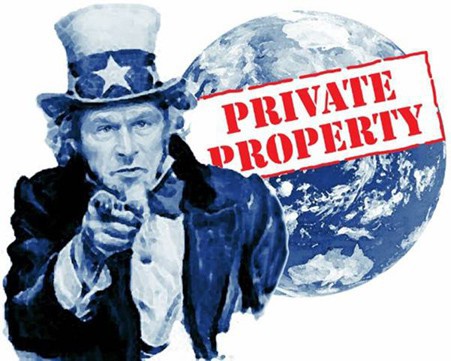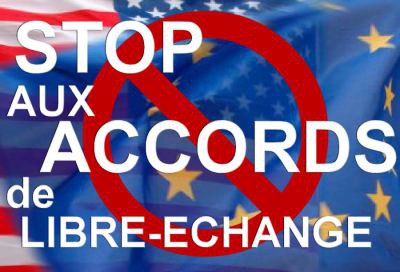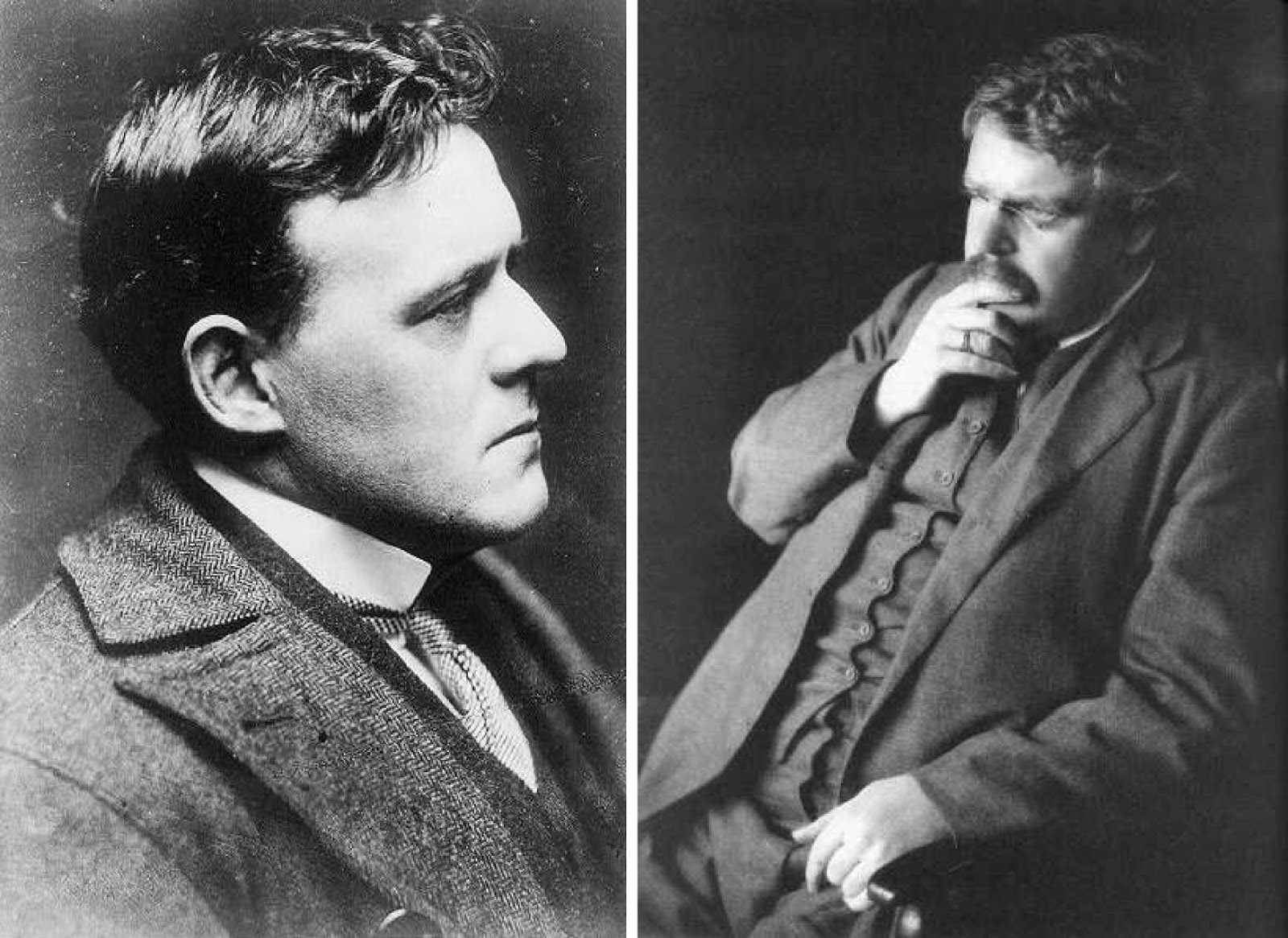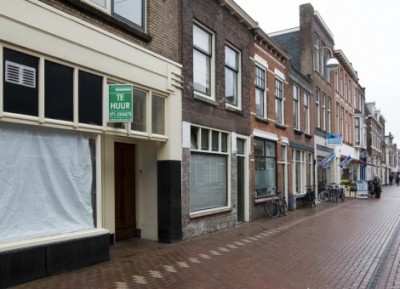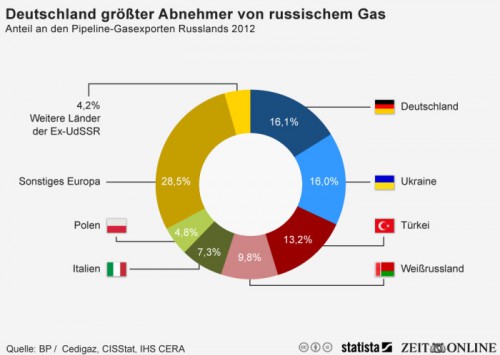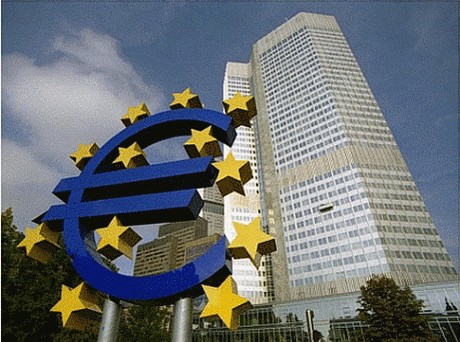por Raúl Zibechi
Ex: http://paginatransversal.wordpress.com
Aunque las crisis en Medio Oriente y Ucrania se roban los titulares mediáticos, son apenas los emergentes de un movimiento telúrico mucho mayor: el nacimiento de un nuevo orden mundial pos-estadounidense, centrado en Asia, en base a la triple alianza China-Rusia-India.
Uno de los núcleos del colonialismo y del imperialismo, consiste en prohibirle hacer a los países periféricos lo que acostumbran hacer los países del centro. Cuando eso ya no funciona, es porque el viejo orden centrado en la relación centro-periferia está dando paso a nuevas relaciones internacionales.
Las mismas potencias occidentales que ponen el grito en el cielo por la intervención de Rusia en Ucrania, bombardean Siria sin la autorización de su gobierno, con la excusa de combatir a una organización terrorista, el Estado Islámico, en cuya creación esas mismas potencias jugaron un papel relevante.
Que China y Rusia rechacen este tipo de acciones bélicas, que otrora se cubrían por lo menos con la aprobación del Consejo de Seguridad de las Naciones Unidas, no es ya novedad alguna. Que el primer ministro de India, Narendra Modi, haya dicho a la cadena CNN, horas antes de su visita a Estados Unidos, que Rusia tiene “intereses legítimos en Ucrania”, es ya cosa más seria. No sólo se negó a criticar la anexión de Crimea por Rusia, sino que mostró “confianza” en cómo Pekín está manejando las disputas territoriales en los mares del sur de China (The Brics Post, 22 de setiembre de 2014).
Es como si un nuevo aire de Bandung (la conferencia que en 1955 alentó la descolonización) estuviera barriendo el planeta. “Si usted mira en detalle los últimos cinco o diez siglos, verá que China e India han crecido a ritmos similares. Sus contribuciones al PIB mundial han aumentado en paralelo y han caído en paralelo. La era actual pertenece a Asia”, dijo Modi. Estaba haciendo un discurso anticolonial con una mirada de larga duración, en los mismos días en que se produjo la visita del presidente chino Xi Jinping a India, quienes consolidaron una potente alianza entre los dos mayores países de la región.
Política, o la OCS
El gran cambio es que India pidió la integración plena a la Organización de Cooperación de Shanghai (OCS), durante la reciente cumbre realizada el 11 y 12 de setiembre en Dushanbe, capital de Tayikistán. Hasta ese momento era sólo observadora.
La OCS fue creada en 2001 por Rusia, China, Kazajstán, Kirguistán, Tayikistán y Uzbekistán con el objetivo de garantizar la seguridad regional y combatir el terrorismo, el separatismo y el extremismo, definidos como las “tres fuerzas malignas”. En el futuro podrán sumarse Irán y Pakistán, aunque esos pasos serán complejos en vista de la disputa que mantienen India y Pakistán en sus respectivas fronteras.
En los hechos, la OCS es un desafío al liderazgo estadounidense en una región donde la superpotencia tiene cada vez menos influencia. La organización orbita en torno a China, como su nombre lo indica. La solidificación de la alianza Rusia-China con su vertiente geopolítica y geoenergética (que incluye el ya iniciado gasoducto para proveer gas ruso a Pekín), es motivo de honda preocupación en Washington, según lo vienen analizando algunos medios como The Washington Post.
Pero la reciente visita de Xi a la India supone un paso decisivo en el diseño de un nuevo orden global. Los doce acuerdos firmados en Ahmedabad entre Modi y Xi, que abarcan desde las inversiones y el comercio hasta la cooperación en energía nuclear, forman parte del “proceso histórico de revitalización nacional” en ambas naciones emergentes, según afirmó el ministro chino de Relaciones Exteriores Wang Yi (Xinhua, 19 de setiembre de 2014).
La potencia de la alianza entre India y China, desafía los supuestos alineamientos ideológicos y se afinca en las necesidades geopolíticas de potencias que enfrentan problemas, y enemigos, comunes. En mayo de este año asumió el poder Narendra Modi en representación del Bharatiya Janata Party (BJP), que venciera en las elecciones generales al Congreso Nacional Indio (CNI) liderado por el ex primer ministro Manmohan Singh. En los papeles, el CNI funge como una fuerza progresista, heredera de la familia Gandhi y de Jawaharlal Nehru, aliada con socialdemócratas y comunistas, mientras el BJP es considerado nacionalista y conservador.
Sin embargo, en los alineamientos geopolíticos las ideologías tienen poco que decir. Modi está mostrando una profunda comprensión de las tendencias históricas en este período de viraje del sistema-mundo y, de modo muy particular, del papel que le toca jugar al continente asiático. La cooperación en la OCS llegó incluso al terreno militar. A fines de agosto se realizó “un ejercicio antiterrorista internacional” en Mogolia interior, China, en el que participaron siete mil soldados de China, Rusia, Kazajistán, Kirguizistán y Tayikistán (Diario del Pueblo, 24 de agosto de 2014).
Economía o la ruta de la seda
Si la OCS es la respuesta asiática a la presencia desestabilizadora de Estados Unidos en la región, la Ruta de la Seda es la respuesta económica al cerco que pretende imponer sobre China, denominado “pivote hacia Asia” por la administración de Barack Obama. Pero es mucho más: significa la alianza de Rusia y China con Europa, en concreto con Alemania.
La nueva Ruta de la Seda une dos potentes centros industriales: Chongqing en China con Duisburgo en Alemania, atravesando Kazajstán, Rusia y Bielorrusia, eludiendo de ese modo las zonas más conflictivas al sur del mar Caspio como Afganistán, Irán y Turquía. Está destinada a ser la mayor ruta comercial del mundo, cuya línea férrea ya recorta el tiempo de transporte marítimo de cinco semanas a sólo quince días. Se prevé que China se convertirá en el primer socio comercial de Alemania, lo que supone un dislocamiento geopolítico de gran trascendencia.
Se está trazando además la Ruta de la Seda Marítima, que atraviesa el océano Índico, y el Cinturón Económico de la ruta terrestre. La ruta marítima es, de algún modo, la reactivación del “collar de perlas”, un sistema de puertos que rodeaba a la India y aseguraba el comercio chino hacia Europa.
Pero es también la respuesta a la Asociación Transpacífico (TPP por sus siglas en inglés), iniciativa de los Estados Unidos que excluye a China e incluye a Japón, Australia, Nueva Zelanda, más cuatro miembros de la AEAN (Brunei, Malasia, Singapur y Vietnam) y los países de la Alianza del Pacifico (Perú, México, Chile y probablemente Colombia). La estrategia de Washington consiste en aislar a China generando conflictos a su alrededor (con Japón y Vietnam principalmente), excusa para militarizar los mares de China, cerrando así el cerco comercial, político y militar en torno a una potencia que en 2012 se convirtió en la principal importadora de petróleo del mundo, superando a Estados Unidos.
Esto explica el acuerdo energético con Rusia, que es el único modo como China puede asegurarse un abastecimiento seguro. Pero también explica el trazado de la nueva Ruta de la Seda, tanto la terrestre como la marítima. El 80 por ciento del petróleo que importa China pasa a través del Estrecho de Malaca (un angosto corredor de 800 kilómetros que une los océanos Pacífico e Índico entre Indonesia y Malasia), fácilmente obstruible en caso de guerra.
Para eso China va construyendo una red portuaria, que incluye puertos, bases y estaciones de observación en Sri Lanka, Bangladesh y Birmania. Entre ellas un puerto estratégico en Pakistán, Gwadar, la “garganta” del Golfo Pérsico, a 72 kilómetros de la frontera con Irán y a unos 400 kilómetros del más importante corredor de transporte de petróleo, muy cerca del estratégico estrecho de Ormuz. El puerto fue construido y financiado por China y es operado por la empresa estatal China Overseas Port Holding Company (COPHC).
“El puerto es visto por los observadores como el primer punto de apoyo de China en Oriente Medio”, estimaba la prensa occidental el día de la inauguración (BBC News, 20 de marzo de 2007). La región circundante al puerto de Gwadar, contiene dos tercios de las reservas mundiales de petróleo. Por allí pasa el 30 por ciento del petróleo del mundo (pero el 80 por ciento del que recibe China) y está en la ruta más corta hacia Asia.
China gana espacios, también, en el corazón de Occidente. El gobierno británico ha dado pasos para reforzar a Londres como centro de comercio mundial y de inversiones en yuanes, la moneda china. Más aún, “el gobierno británico se convertirá en el primer país occidental en emitir un bono soberano en la moneda china” en lo que debe interpretarse como “el apoyo a las ambiciones de China a utilizar su moneda a escala global” (Market Watch, 15 de setiembre de 2014).
Potencia militar
“Las sanciones a Rusia son un acto de guerra”, razona redactor jefe de la revista Executive Intelligence Review, Jeff Steinberg (EIR, 19 de setiembre de 2014). En tanto, The Economist considera a la OCS como “una especie de OTAN liderada por China”.
Es evidente que la guerra entre las grandes potencias ya no es visualizada como una posibilidad remota. Cada uno hace, por tanto su juego. China e Irán realizan sus primeros ejercicios navales conjuntos en el Golfo Pérsico, donde participan “buques de la Armada china involucrados en la protección de la navegación en el golfo de Adén” (Russia Today, 22 de setiembre de 2014). China es ahora el primer comprador de crudo saudí y no va a permitir que las rutas que la abastecen queden en manos de fuerzas enemigas.
A fines de agosto trascendió que Rusia y China están negociando un “acuerdo militar histórico” que incluye la compra por el país asiático de submarinos diesel furtivos con “intercambio de tecnologías”, a la vez que siguen negociando la venta de cazas Sukhoi-35 y sistemas de defensa antiaérea S-400, considerados los más avanzados del mundo (Russia Today, 19 de agosto de 2014). Hasta ahora los rusos se han mostrado reticentes a vender ciertas armas a China porque ésta las clona y termina fabricando sus propios prototipos. A su vez, India y Rusia, que mantienen una extensa cooperación militar que incluye submarinos nucleares y portaaviones, se disponen a fabricar conjuntamente un caza de quinta generación.
Estamos ante un punto muy sensible, en el que Washington tiene algunas dificultades. Aunque sigue teniendo el mayor presupuesto de defensa del mundo (unos 600 mil millones de dólares anuales, frente poco más de cien mil de China y algo menos de cien mil de Rusia), ese presupuesto es declinante mientras el de sus adversarios crece. China pasó de poco más de 5 mil millones de dólares anuales de inversión militar en 1990 a 110 mil millones en 2012.
“Pero lo importante no es cuánto se gasta sino cómo se gasta”, sostiene un periódico estadounidense (The Fiscal Times, 16 de setiembre de 2014). Según la publicación, los enormes gastos militares del Pentágono se destinan a mantener su costosa flota de once portaaviones, a la modernización de antiguos sistemas y a proyectos fallidos como el caza F-35. En tanto, China y Rusia invierten en modernos submarinos nucleares y en guerra cibernética. Las armas antibuque chinas son mucho más baratas que un portaaviones, pero pueden hundirlo o inutilizarlo aunque el Pentágono los considere inexpugnables.
Contrastes
Múltiples denuncias aquejan a las autoridades de defensa de los Estados Unidos de malversación de los presupuestos. En julio pasado la flota de F-35 no pudo volar por fallas en un motor, luego de varios percances en los sistemas de software, armas y aviónica. Tras dos décadas de concepción y desarrollo, el coste del proyecto se ha disparado a 400.000 millones de dólares, el proyecto armamentístico más caro de la historia del Pentágono, pese a lo cual ha sido cancelado el debut del caza en dos exhibiciones aéreas en el Reino Unido (El Periódico, 11 de julio de 2014).
La otrora poderosa Boeing es una buena muestra de los problemas defensivos del Pentágono. La apuesta a que el F-35 lo desarrollara Lockheed Martin, está drenando los fondos del Pentágono fuera de la Boeing, que era la empresa insignia de la fuerza aérea. De hecho, la franja de defensa de la Boeing se estrechó del 56 por ciento de su producción total en 2003, a apenas el 38 por ciento en 2013 y se estima que en pocos años ya no producirá aviones de combate, al haber fracasado en su búsqueda de mercados alternativos en Brasil, India y Corea del Sur (Wall Street Journal, 20 de setiembre de 2014). Boeing cerrará su fábrica de cargueros C-17 en Long Beach y puede cerrar la de F-18 en Saint Louis en 2017 si no consigue más encomiendas.
Finalmente, la política exterior de la Casa Blanca es errática, mientras la de sus competidores tiene un horizonte definido. El periodista Robert Parry analiza cómo los neoconservadores lograron bloquear la “estrategia realista” de Obama, consistente en colaborar con Vladimir Putin para desenredar el caos geopolítico en Oriente Medio. Los neocon siguen apostando a la caída de Bachar al Assad y se inclinan por crear situaciones caóticas, como la que vive Libia, antes que tolerar la existencia de regímenes adversos (Consortiumnews.com, 19 de setiembre de 2014).
Diversos analistas sostienen que la fabricación de crisis es lo que mejor sabe hacer la superpotencia y que puede ser el único modo de contener su decadencia. El conflicto en Ucrania, donde forzaron la caída de un presidente electo, apunta a aislar a Rusia de Europa. El ataque al Estado Islámico, busca empujarlo cada vez más hacia el norte. Ambas operaciones atentan contra el trazado de la Ruta de la Seda, considerada una de las vigas maestras del nuevo orden mundial.
* Periodista uruguayo, escribe en Brecha y La Jornada y es colaborador de ALAI.
Fuente: Alainet
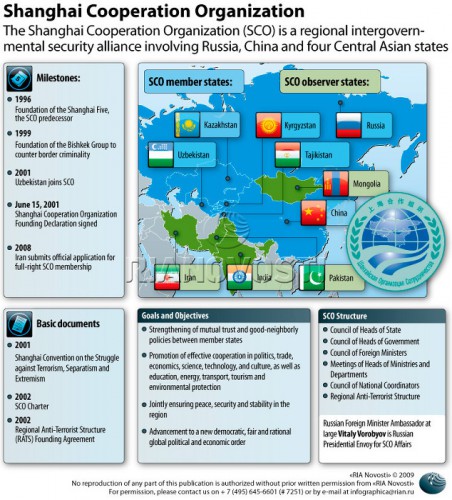



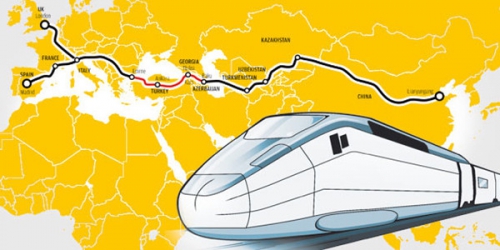

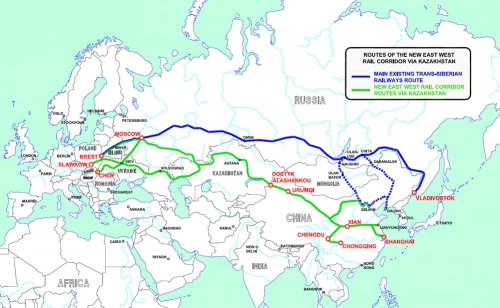
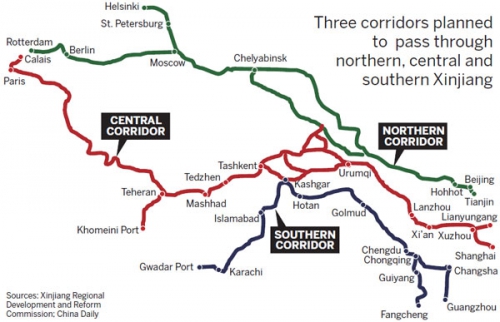
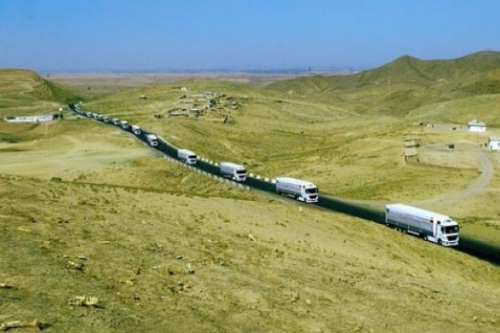
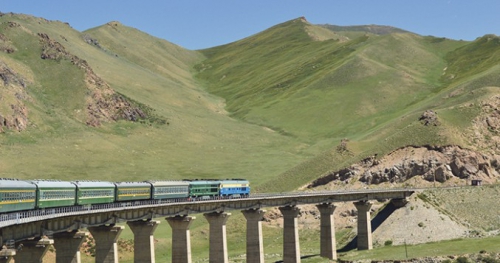
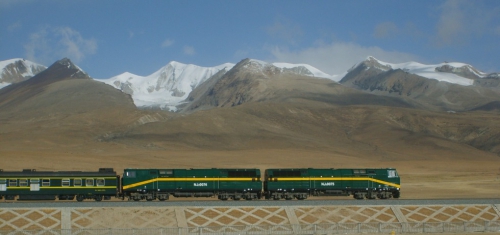
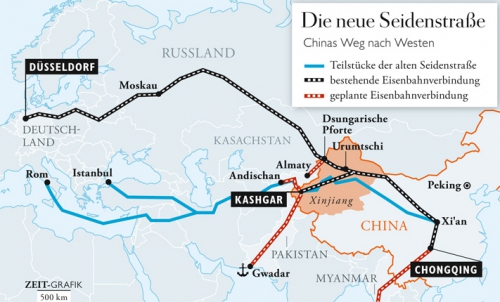

 del.icio.us
del.icio.us
 Digg
Digg


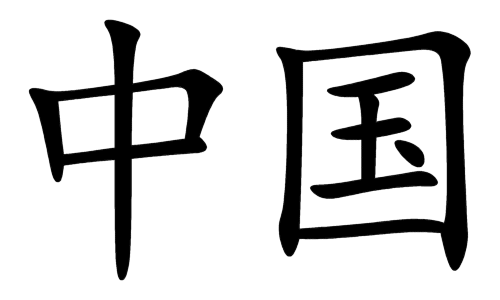
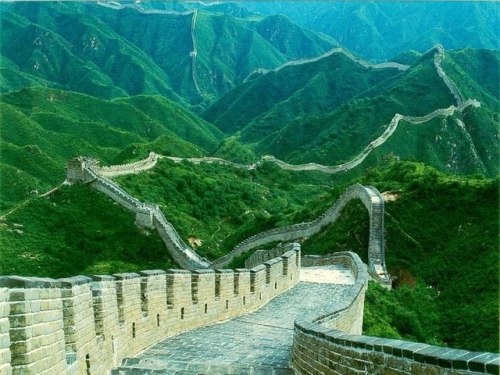
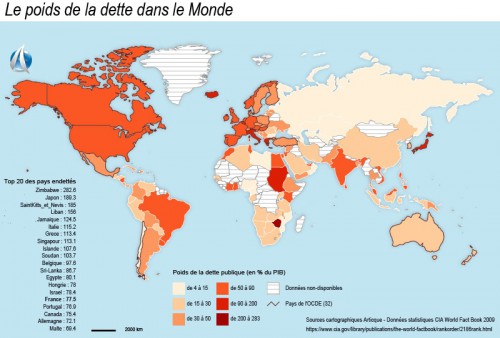
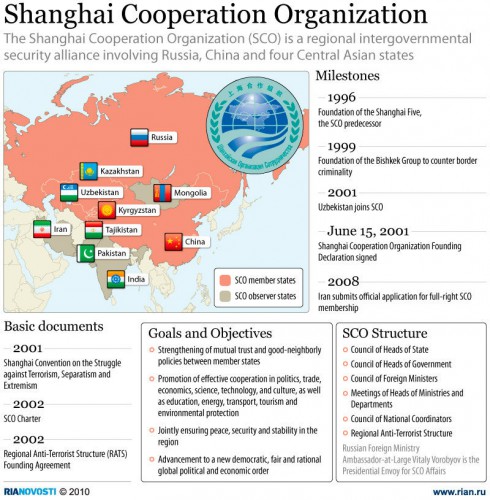


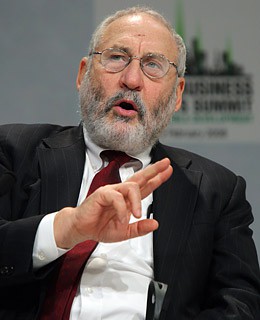 Ces dernières décennies, la macroéconomie mainstream a fini par être dominée par deux « églises ». Une première école retourna aux doctrines des économistes classiques, affirmant que les marchés fonctionnaient bien et que l’intervention publique n’était pas nécessaire, qu’elle était inefficace et perturbatrice. Certains de ses partisans considèrent la hausse du chômage comme dénotant une plus grande demande de loisir de la part des travailleurs.
Ces dernières décennies, la macroéconomie mainstream a fini par être dominée par deux « églises ». Une première école retourna aux doctrines des économistes classiques, affirmant que les marchés fonctionnaient bien et que l’intervention publique n’était pas nécessaire, qu’elle était inefficace et perturbatrice. Certains de ses partisans considèrent la hausse du chômage comme dénotant une plus grande demande de loisir de la part des travailleurs.


